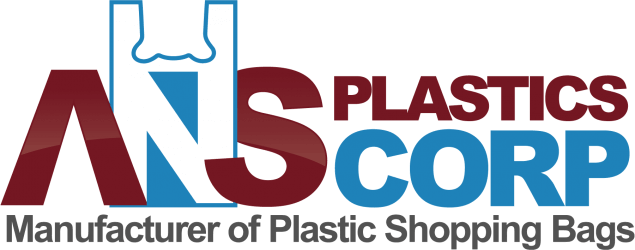How to Choose Correct Plastic Garbage Bags for Your Applications?
Plastic garbage bags are used in homes, offices, and industrial facilities to dispose various types of waste. However, when it comes to the effective disposal of garbage, the quality, and type of a garbage bag plays an important role. Garbage can be of multiple types such as dry waste, wet waste, medical waste, sanitary waste, and many more. To dispose of different types of waste, different types of garbage bags are used. Since there is a variety of garbage bags available, the selection criteria for the same differs based on the application. This post discusses different factors you need to consider while selecting plastic garbage bags for specific applications.
Factors to Consider While Choosing Plastic Garbage Bags
A correct garbage bag is the one that can sustain a load of collected garbage and help in carrying it without any spillage. Consideration of the following factors can help in choosing the correct plastic garbage bags for your application.
Material:
The garbage bags are commonly made of low-density polyethylene (LDPE) and high-density polyethylene (HDPE). LDPE plastic bags are commonly used for carrying dry garbage. The material is stretchable to some extent therefore it can sustain the weight of dry garbage. On the other hand, HDPE garbage bags are suitable for wet garbage, medical waste, sanitary waste, etc. Also, biodegradable plastic is nowadays used for making garbage bags. These bags are ideal for disposing compostable waste.
Load Carrying Capacity:
Load-carrying capacity is essential to check while buying garbage bags. Dry waste like papers, plastic wrappers, etc are light in weight. However, medical waste, wet waste like vegetables, stale food, oil, etc. are much heavier as compared to dry waste. That is why the load-carrying capacity of garbage bags must be considered and this consideration may also involve the volume of waste produced in your facility. This can prevent the tearing of the bag bottoms and spillage of garbage.
Thickness:
Thickness plays a big role in ensuring durability of these garbage bags. The thicker the garbage bag higher is the sustainability. Having a thick bag to carry heavy waste can be helpful on the other hand, for light weight waste, thin garbage bags may do well. For example, to carry empty milk cartons, dried vegetables, leftover food, etc., you can choose a garbage bag with a thickness of 0.5 mil-0.9 mil. On the other hand for carrying broken grasses, wet waste, etc, you might have to go for garbage bags with a thickness of 2 mils.
Elasticity:
Elasticity or flexibility of the bag material offers elastic strength to bags. This helps in preventing puncture or tearing of the garbage bags during transportation.
Size:
The size of the bag defines the volume to store garbage without stuffing the garbage forcefully. Different sizes and garbage storage volumes/capacities are available in these garbage bags. Overstuffing garbage can cause punctures in the bag and spillage of garbage. Choose the garbage bags based on the quantity of garbage to be stored. Ensure that the size and volume are sufficient so that overstuffing of the garbage is prevented.
Color:
The garbage bags can be transparent or colored. Commonly, black garbage bags are preferable as this color can hide garbage. However, one can choose colored garbage bags or custom printed garbage bags for specific applications.
Considering all these factors while choosing plastic garbage bags can help in tackling messy situations in a hygienic manner. Also, consideration of these factors ensures compatibility of the garbage bags with specific applications in terms of preventing bag punctures, spillage, leakage, etc. In spite of considering these factors, the garbage bags may suffer damage if the quality is not assured. That is why you should purchase plastic garbage bags from reliable manufacturers like ANS Plastics Corp. The company offers LDPE/HDPE garbage bags-tuff bags, contractor bags, etc. For over 50 years, the company has been contributing to the packaging industry in the United States.
